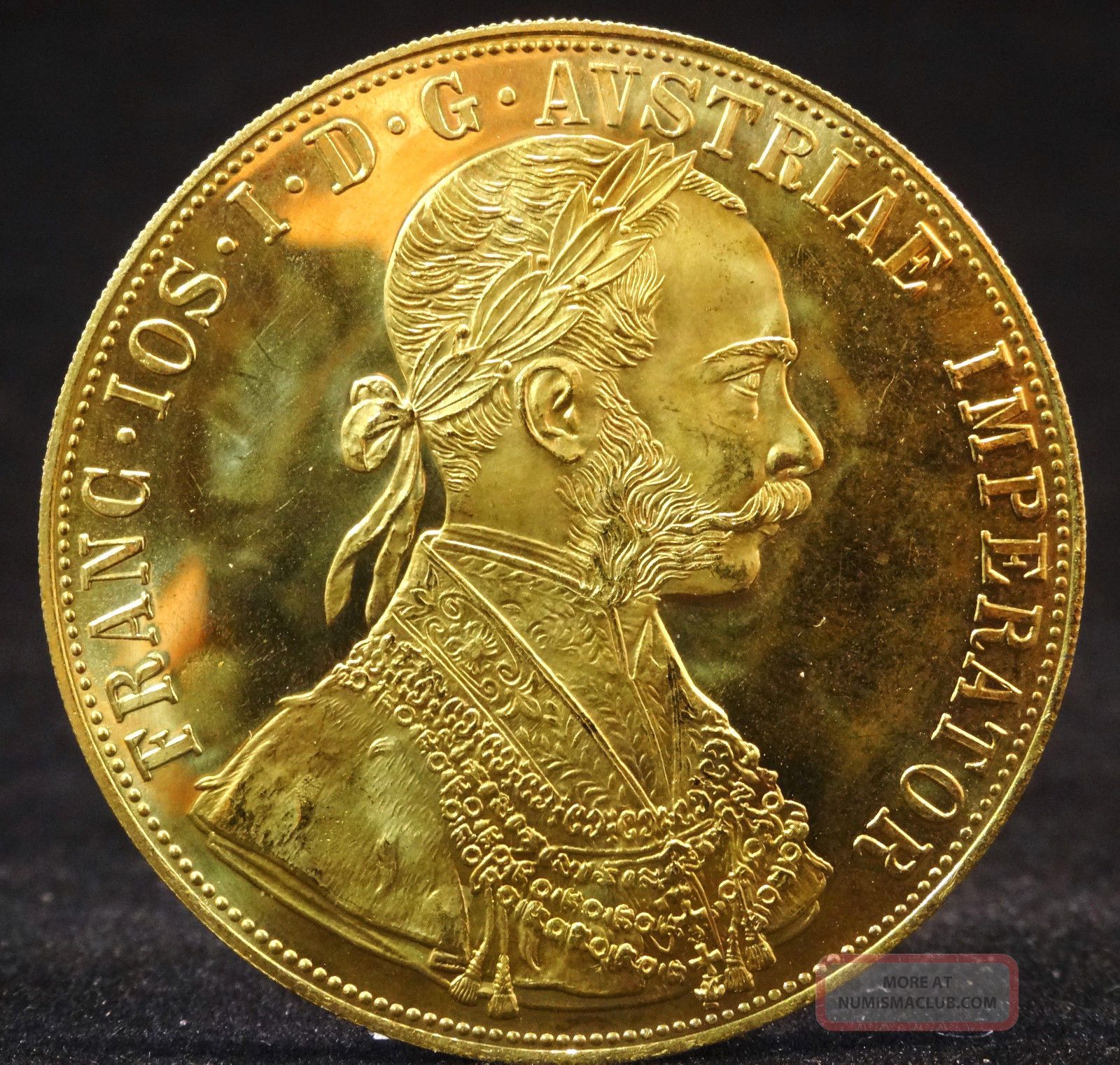
BANK WIRING OF FUNDS OR OVERNIGHT DELIVERY OF CHECKS IS HIGHLY RECOMMENDED If unable to meet that time frame, please call the Rosland Capital offices at 1-80. Funds must be received by us at the address below within 48 hours of placing your order. Payment may be made only by bank check or personal check or bank wire.
AUSTRIAN COINAGE FREE
They can send you our free Gold & Precious Metals kit. Our representatives are available to assist you from 9AM until 5PM, Pacific Time, Monday through Friday. Please call 1-80 for pricing and more information about the items in which you are interested and for assistance in placing an order. From 1779 the official gold content of the Austrian One Ducat was set at. The double-headed eagle holds a sword and sceptre in its right talon, and a cross-bearing orb in its left.Īll Austrian Ducats are minted in almost pure gold of 23.75 carats or a.

The rationale of this was that the eagle was able to look both east and west at the same time – towards both sides of its now world empire. Due to the fact that the Hapsburg emperors believed that they had inherited the Holy Roman Empire (and the rest of the world with that), they chose the double-headed eagle. The reverse side of the One Ducat shows the double-headed imperial eagle of the Hapsburg dynasty. During his rule history witnessed the execution of the Emperor’s brother (Maximilian), the suicide of his son, Rudolph (who was found alongside his mistress), the murder of his wife (Elizabeth), and the assassination of the Emperor’s nephew and heir (Francis Ferdinand), which many people cite as the beginning of World War I. This is the reason the One Ducat bears both names of Austria and Hungary. He became Emperor of Austria in 1848 and ruled over Austria and Hungary for some 70 years, up until his death in 1916. The One Ducat coin’s obverse side bears the likeness of the Austrian Emperor and King of Hungary, Franz Josef I. Note: The Austrian Ducat has been re-struck by the Austrian Mint AG from 1920 to 1936 and a few times afterwards but the latest date that will be found on any authentic Austrian Ducat is 1915. The 1915 coins were restrikes of the 1914 Ducat. One Ducat and Four Ducat coins were produced every year until 1915, when due to World War One, gold coins were no longer produced in Austria. They’re intended for use in overseas purchases, where they carry greater value than the commodity in bar form. In 1857 he issued a proclamation approving the Ducat for continued production as a trade coin.Ī trade coin can be defined as one produced by a government, but not acting as legal tender in its country of production. Ducats were to be the official legal tender of Austria until 1858, which is when the Austrian Ducat was going to lose its status as legal tender but was saved by the Emperor of Austria. In the early 16th century Austria began the production of its own Ducats. They were minted with the image of Jesus Christ on them together with a biblical message that can be translate as, "O Christ, let this duchy which you rule be dedicated to you." The official currency symbol: S or öS.The original Ducats were actually made back in 1140 for Roger II of Sicily. The schilling was the official currency of Austria from 1925 to 1938 and from 1945 to 1999. The euro became the official currency of Austria in 1999 however, introduced in 2002 euro coins and notes.
AUSTRIAN COINAGE SERIES
In 1957 Austria introduced the 10 schilling coin, followed by the 50 groschen and also 1 schilling in 1959, and the 5 schilling coin the following year.Īustria introduced the 20 schilling coin to replace the banknote in 1980 however, the banknote and coin circulated at par for a couple of years.īecause of the collapse of the Bretton Woods system in 1971, the shilling had tied to a series of different currencies, a situation that ended in 1976, when it was tied to the German mark. In 1938, abolished the schilling for the wake of Germany’s annexation of Austria.Īfter World War II, Allied Military reintroduced the schilling in 1945.īetween 19 emitted, Coins in denominations of 1, 2, 5, 10, 20, and 50 groschen, and 1, 2, and also 5 schilling.

The following year the Oesterreichische Nationalbank issued coins in denominations of 1, 2, 10 groschen, and ½ and 1 schilling, followed by 5 groschen in 1931, 50 groschen, also 1 and 5 schilling in 1934. In 1924 Austria established the first schilling after the Schilling Act’s pronouncement. ÖSTERREICH 1 SCHILLING 1966 Do you want to know more about the 1 Austrian Schilling Coin?.This coin is part of the 1959 – 2001 series, its rim is plain, and its color is gold.

The reverse of the coin illustrates three edelweiss flowers and the denomination in letters. The 1 Austrian schilling coin front design features the denomination, the country’s name, and the issue date. Description 1 Austrian Schilling Coin Design


 0 kommentar(er)
0 kommentar(er)
